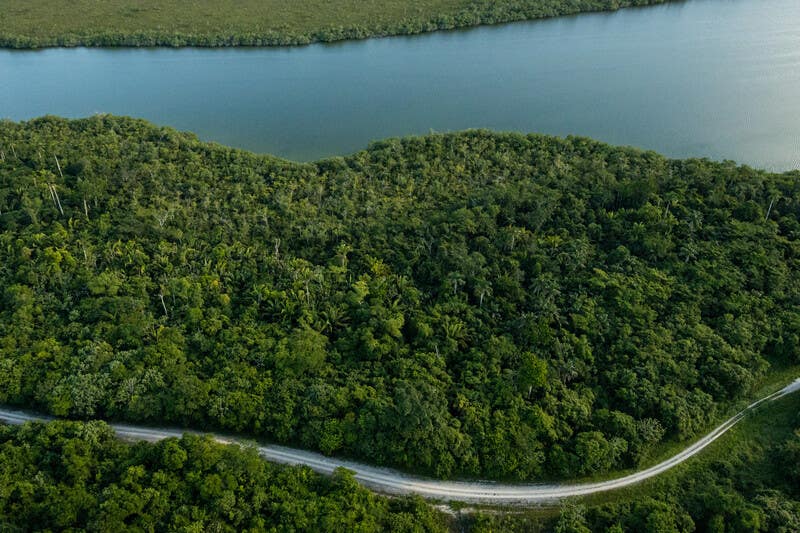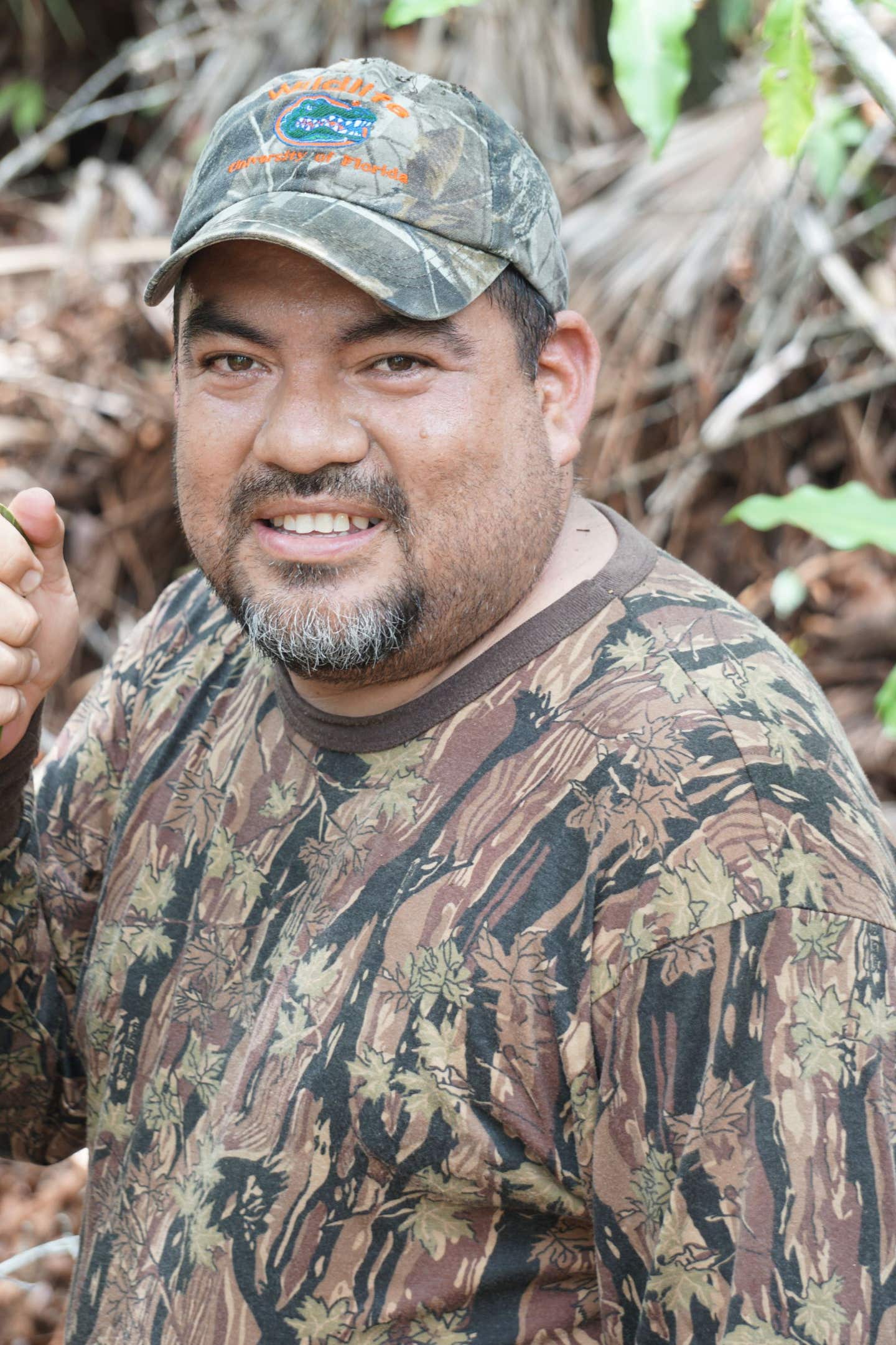I believe that when Belizeans, when the locals, see and understand what we’re doing, wildlife in Belize have a better chance for surviving well into the future. Belizeans and the visitors to Belize should be able to see the wildlife of Belize in their natural habitat.
In the country of Belize, perhaps nobody has inspired more Belizean children and future conservationists than April the Tapir. For 30 years, children from all around the country visited the Belize Zoo to celebrate April’s birthday, a party that was so popular, the Belize Zoo and Tropical Education Center, where April lived, had to limit the number of schools attending. Sadly, April passed in 2013, but, today, adults who once celebrated with April bring their kids to the Zoo to celebrate other animals’ birthdays. Both CNN World Report and the BBC have broadcast her story.
Who is behind the famous tapir? Along with Founding Director Sharon Matola, it’s the former Education Director of the Zoo, Celso Poot, whose life mission is to educate kids and the public about Belize’s wildlife and wildlife conservation, with the aim to inspire the next generation.
“Education is critical to wildlife conservation and that’s what we’ve pushed, though not in the formal classroom or textbook sense,” Celso says. “We bring kids to the zoo, educate them by taking them to places around the zoo and to different protected areas in Belize. We expose them directly to the wildlife, their habitat and the conservationists helping to save them.”
Celso’s career at the Belize Zoo and Tropical Education Center effectively started in 1995 and though for a few years he left for government positions, he always came back to the Zoo, eventually assuming the position of Director in April 2021. His passion for wildlife and conservation started at a young age. Born and raised in Belize, Celso says that he grew up on a “farm” with both domestic and wild animals his back yard; nearby Guanacaste National Park, was a part of his childhood playground.
April the Tapir is not Celso’s only education success at the Zoo. The Belize Zoo brings high school students to its grounds for two weeks at a time so they can get experience working there and learn about the career options in the field of conservation. Celso also spearheaded a pen pal program for Birds Without Borders – Aves Sin Fronteras program from the Milwaukee County Zoo. Students from Wisconsin and Belize would exchange letters about the migratory birds that they share with emphasis on the different habitats found in each country.
“There was this incredible exchange of education, values, and attitudes that was going on between Belize and the United States,” Celso says. “What these kids had in common were the birds—birds that are abundant in Belize and in the US and share the same habitat. A lot of learning went on between the Belize and Wisconsin kids.”
Celso says his long-term plan is to move the Zoo in the direction of a conservation science education center, including an investment in more research and conservation. Since the 1980s, the Zoo has managed 1,725 acres of the Maya Forest Corridor, which is critical to the survival of species such as Jaguars and tapirs. The Zoo now manages just over 2,800 acres of land in the Maya Forest Corridor, including lands on either of the George Price Highway. “Because one of the tenets of the mission of the zoo is to protect and conserve wildlife and their habitat in Belize, the zoo started landscape conservation long before the Maya Forest Corridor project was even a concept,” Celso says.
For example, the Zoo is establishing a research program for the globally endangered Yellow-headed Parrot, Amazona oratrix, one of the species in the Maya Forest Corridor. They want to figure out where the parrots are going, where they are feeding, which land within the corridor is most important to them, which part of the corridor they use most often, etc. Celso says this kind of information about the species using the corridor will help conservationists develop a management plan for the corridor and could even help inform land use policy for the country.
Cover photo by Lucas Bustamante / The Nature Conservancy
Wild Facts
Celso is known as the “Tapir Man” at the Belize Zoo and Tropical Education Center.
Celso established the Belize Tapir Project in 2008 to protect the Central American Tapirs.
Celso is a PhD Candidate at the University of Florida; his dissertation is seeking to understand how human disturbances affect the occurrence of the Central American tapir, Tapirus bairdii, in a human modified landscape in central Belize.

